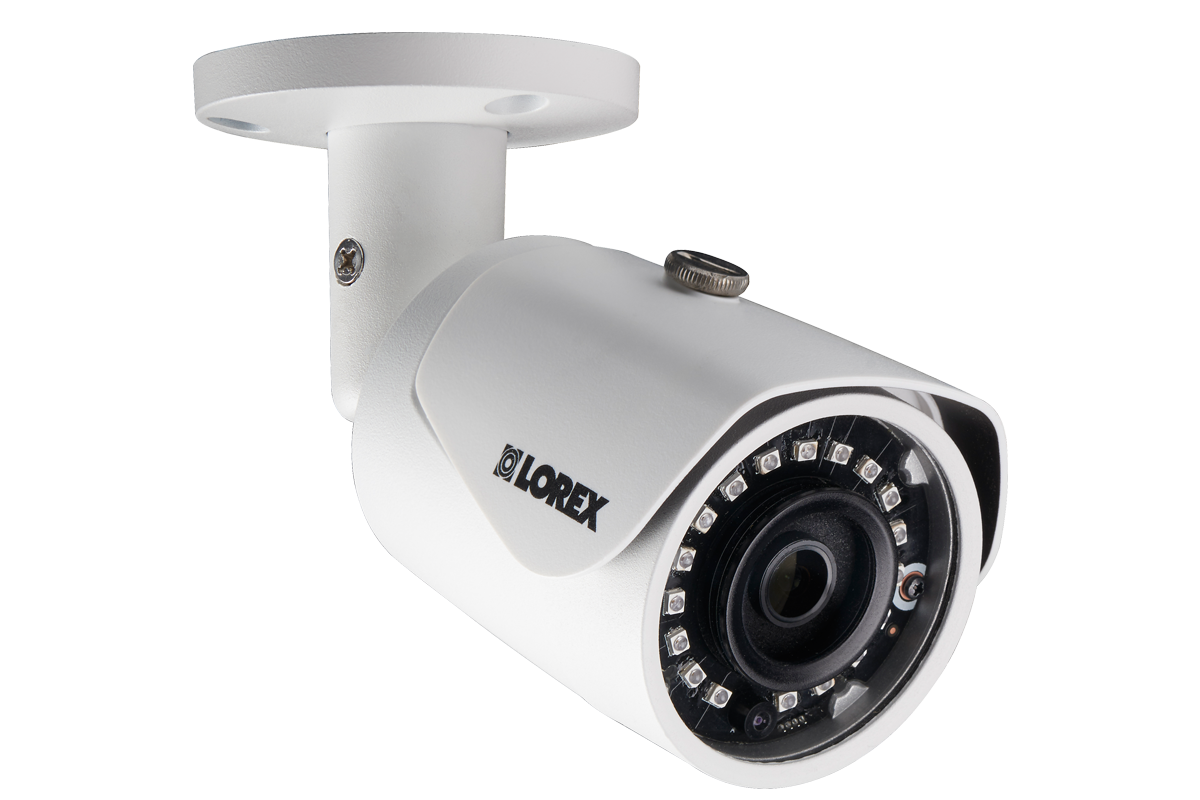
For it to work properly, every person in the home (including kids) needs to have the app installed and geofencing enabled on their phone. This way, you don’t have to remember to turn off the camera’s monitoring functions every time you come home. Geofencing: This feature automates motion detection when you leave or return to a predetermined area (usually your home).If motion continues beyond a set length, some cameras pick up the action right away, but many have a “reset” period that causes a break in the action and some missed moments. Continuous recording: Most cameras break up recordings into smaller, more manageable clips.Alerts: All of the cameras we’ve reviewed offer motion alerts, but some can alert you when people and pets are present, can trigger based on sound, and can even distinguish between, say, a smoke detector and a baby crying.Two-way talk: A microphone and speaker allow you to inform intruders that responders are on the way or to tell your dog to get off the couch while you’re at work.Just know that some cameras have a shorter night-vision range than others. Some cameras also employ color night vision, so you aren’t restricted to black-and-white views at night.

Night vision: This feature allows you to see in dark spaces.Since we first produced this guide, we’ve tested models whose viewing angles range from 105 to 180 degrees for standard cameras that don’t pan and/or tilt.


Video quality: You’ll find a few 2K and 4K cameras, but a 1080p resolution is usually enough, as it offers sharp video that streams well over a standard Wi-Fi network.


 0 kommentar(er)
0 kommentar(er)
